Formation and characterization of stimuli-responsive soft matter
Organizing soft matter is carried out using amphiphilic systems, or double hydrophilic copolymers or liquid crystals. The characterization is examined based on cross-fertilization between complementary techniques, for instance light or X-ray scattering, electron microscopy or nanoparticle tracking analysis. The modification induced by a stimulus is further characterized either as a new equilibrium or as a dynamic system.
Three examples of this research are described below:
Organized supramolecular nanofibers obtained by wet-spinning
A single biocompatible small molecule, the N-heptyl-D-galactonamide has been spun into well-defined hydrogel filaments by wet-spinning. The counter-diffusion of water and dimethylsulfoxide triggers the self-assembly of the molecule resulting into radially organized supramolecular nanofibers.
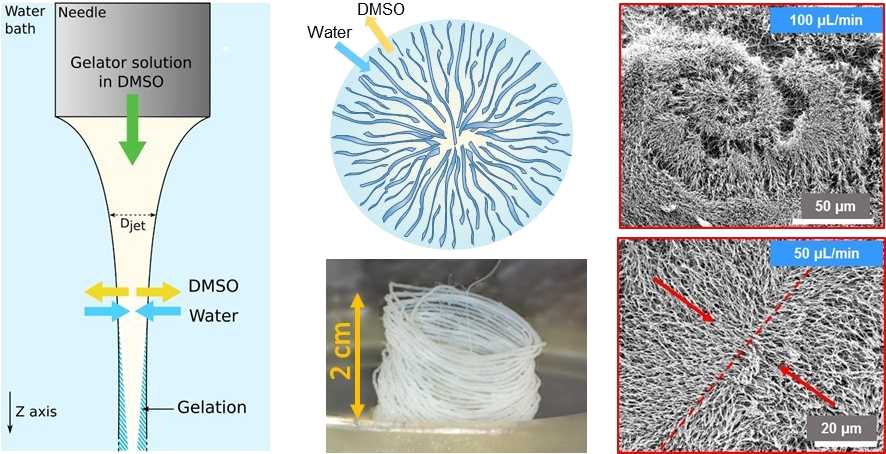
Wet spinning and radial self-assembly of a carbohydrate low molecular weight gelator into well organized hydrogel filaments
Chalard A.; Joseph P.; Souleille S.; Lonetti B.; Saffon-Merceron N.; Loubinoux I.; Vaysse L.; Malaquin L.; Fitremann J.
Nanoscale, 2019, 11, 15043-15056, DOI
Metamorphosis of a droplet on a surfactant solution
CTAB concentration is the control parameter of a succession of highly ordered patterns recorded when a dichloromethane drop is placed on an aqueous solution.
--> click on each image for looking at the video
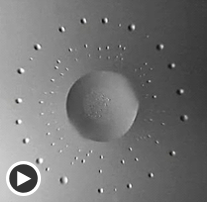

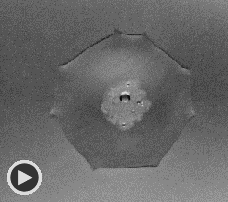 © David Villa / Science Images CNRS
© David Villa / Science Images CNRS 
0.25 0.5 10 30
[CTAB] / mM
Adding surfactant to the drop phase induces a pulsating regime showing a flower-like pattern during the receding stage.
--> click on the image for looking at the video
Marangoni-driven flower-like patterning of an evaporating drop spreading on a liquid substrate
Wodlei F.; Sebilleau J.; Magnaudet J.; Pimienta V.
Nature Commun., 2018, 9, 820, DOI
A copolymer family leads to various organized morphologies, from micellar structures to hydrogels
The behaviour of n-isopropylacrylamide and n-butyl acrylate-based copolymers of variable composition and structure was studied in solution at different temperatures and concentrations. This showed that various morphologies, from micelles to hydrogels, could be obtained.
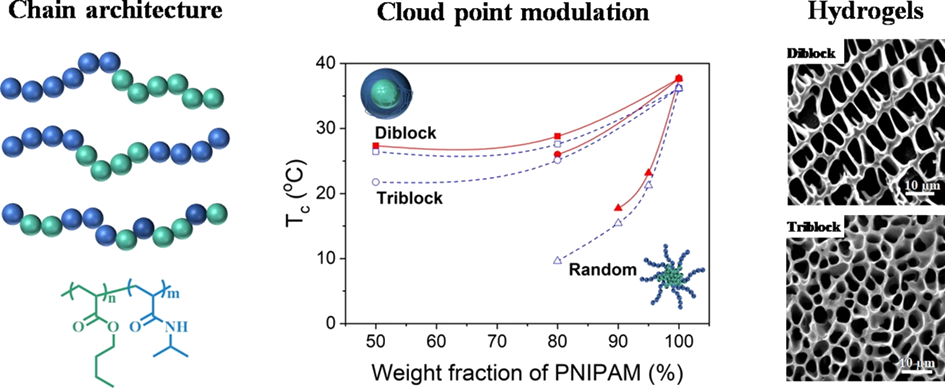
Effect of the microstructure of n-butyl acrylate/N-isopropylacrylamide copolymers on their thermo-responsiveness, self-organization and gel properties in water
Yin F.; Behra J.S.; Beija M.; Brûlet A.; Fitremann J.; Payré B.; Gineste S.; Destarac M.; Lauth-deViguerie N.; Marty J.D.
J. colloid Interf. Sci., 2020, 578, 685-697, DOI

